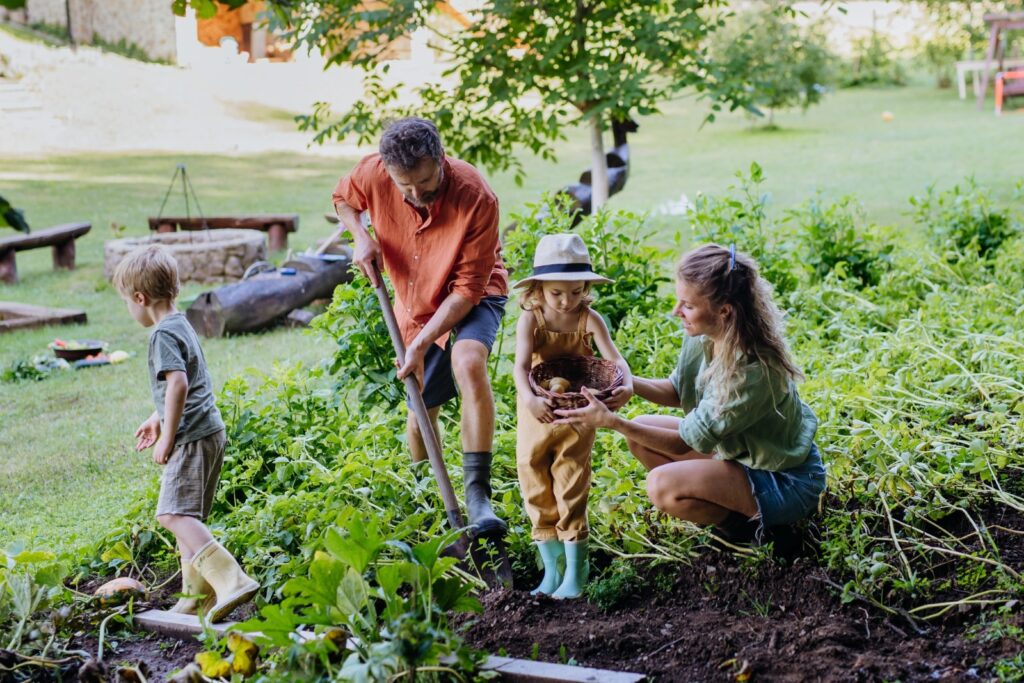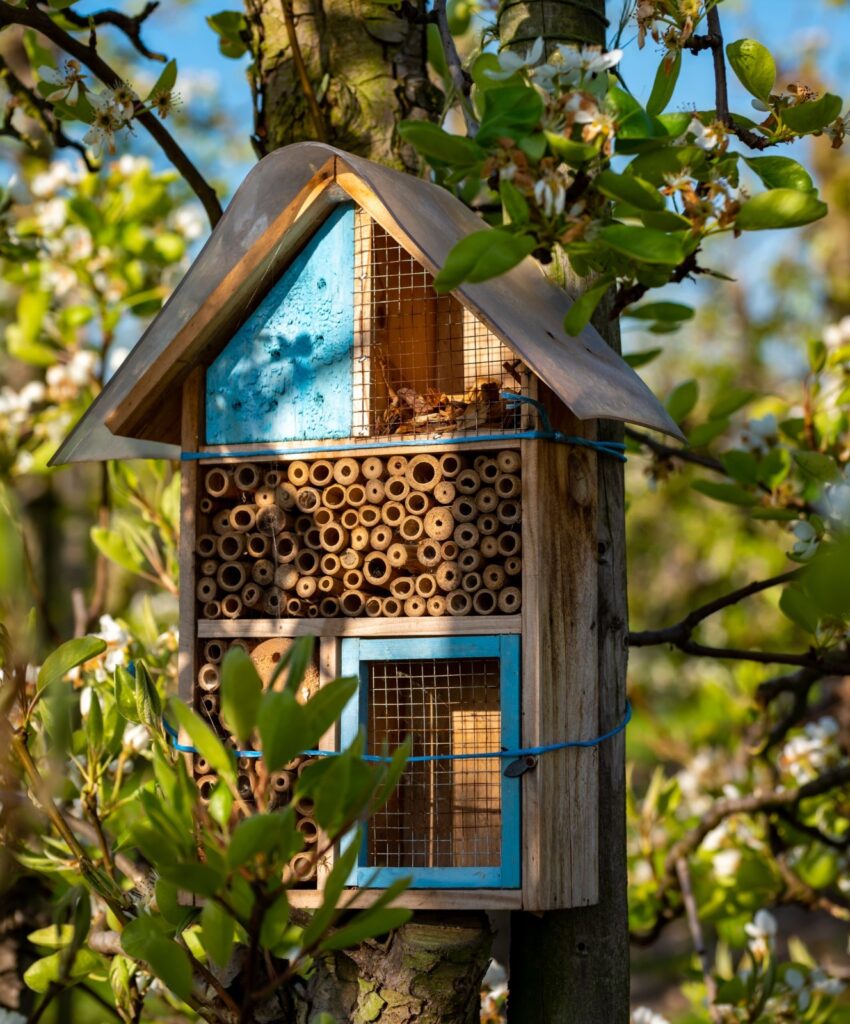
Eco-gardening is sustainable gardening inspired by nature…
Eco-gardening considers the interactions between the different living elements of the garden: soil, plants, water, whilst encouraging the presence of living elements that we consider useful, such as beneficial insects. They regulate those that are considered harmful (such as aphids). Eco-gardening requires a holistic approach to the garden with the implementation of cultural methods and the use of alternative solutions and biocontrols.

Here are our 10 tips to get started, and get started with eco-gardening
1 – Place your plant in the best conditions: you must place your plant in the best conditions (soil, climate, proximity with “friendly” plants) and consider its requirements so that it can defend itself against all external aggressions.
2 – Choose species adapted to your region: choose species produced locally and adapted to your region and consider the different soils and exposure of your garden. Remember that in every place in your garden there is a plant that will do well there, but that same plant will not grow everywhere in your garden!
3 – Remember to feed your soil, and therefore the plants: bring to your soil exclusively natural fertilizers, and always make sure it is covered by plants or mulch, like in the forest! The soil is a real composting factory for the organic matter you bring to it, it is alive.
4 – Combine your plants: apply the principle of plant associations, which is called companionship. Some plants work well together and others not so well.
5 – Think about crop rotation: in the vegetable garden, don’t grow the same families of vegetables in the same place several years in a row: crop rotation will avoid depleting your soil of certain nutrients and will limit pest populations. A pest that finds its host plant every year in the same place will multiply more easily.
6 – Restore the balance of the fauna: favor the arrival of auxiliaries, ladybugs that avoid the invasion of aphids, birds by placing nesting boxes or by creating shelters in your garden, by planting attractive plants for them… and avoid the invasion of pests by keeping them below the nuisance threshold.

7 – Create a diversity of environments: cultivate a multitude of different plant species which, in turn, will be living places for a multitude of animals. -Your garden can host a fantastic plant and animal biodiversity! The objective is not to eradicate them because in this case the beneficial insects would leave your garden and leave the field open to a new invasion, in other words, to avoid damage from aphids, have aphids to feed your ladybugs!
8 – Create a watering hole: even a small pond of one or two square meters with aquatic plants will constitute a fabulous ecosystem!
9 – Observe your garden: know your garden well in order to intervene more in prevention than in cure.
10 – Prevent rather than cure: use preventive products, biocontrol products by respecting the doses and conditions of use.
Eco-gardening is a sustainable association between you and your garden with reciprocal benefits.